Blending Eco-Friendly Elements With Your Alternative Fashion
In the constantly changing tapestry of fashion, a rebellion is unfolding: the embrace of eco-conscious practices. This shift goes beyond a mere trend; it's a powerful response to the urgent calls for environmental sustainability and ethical responsibility. For enthusiasts of alternative fashion, known for its bold deviation from conventional styles, this movement opens up a new, exciting frontier. It's a chance to infuse sustainability into their distinctive sartorial choices.
Embracing eco-friendly fashion in the realm of alternative style isn't about diluting your individuality. Rather, it's an opportunity to amplify your unique aesthetic with a touch of environmental mindfulness. This synergy between alternative fashion and sustainability is like a dance of creativity and eco-responsibility, allowing you to make a statement that resonates both visually and ethically.
Imagine reimagining punk classics with upcycled flair or weaving organic elements into gothic threads. The journey to intertwine eco-friendly choices with your wardrobe paves the way for a myriad of creative possibilities. Let's explore how you can artfully blend your distinctive alternative fashion sense with sustainable practices, crafting a style statement that's uniquely yours and kind to the planet.
Upcycling vs Recycling: A Deeper Dive

In the context of eco-friendly fashion, particularly within the realm of alternative styles, the concepts of upcycling and recycling are foundational. Understanding these terms is key to appreciating how sustainability can be seamlessly integrated into fashion.
Recycling is a process most are familiar with. It involves taking consumer materials - like paper, plastic, and glass - and breaking them down into their basic components. These materials are then reformed into new products. In the fashion industry, recycling often manifests in turning old garments or textiles into new fabric. However, this process can sometimes diminish the quality of the original material, a concept known as 'downcycling'. For instance, recycling plastic bottles into polyester fiber might result in a fabric that's less durable than its virgin counterparts.
Upcycling, on the other hand, takes this concept and turns it on its head. Instead of breaking down materials, upcycling reinvents them. It involves taking discarded objects or materials and transforming them into items of higher quality or value, especially in terms of design and artistic expression. In alternative fashion, upcycling is not just a method of waste reduction; it’s an avenue for creativity and personal expression.
For example, a vintage leather jacket can be upcycled with the addition of hand-painted designs, studs, or patches, transforming it into a one-of-a-kind statement piece that reflects both the wearer’s style and commitment to sustainability. Similarly, old band T-shirts, a staple in many alternative wardrobes, can be creatively repurposed into new garments or accessories, like tote bags or even patchwork skirts, each piece telling its own unique story.
The beauty of upcycling in the context of alternative fashion lies in its ability to mesh with the ethos of individuality and anti-conformity. It’s a practice that not only gives old items a new lease on life but also allows for the expression of a personal narrative through clothing. Each upcycled piece carries with it a history, a previous life, and a new story crafted by the wearer.
Therefore, when it comes to eco-friendly fashion, upcycling is more than just a sustainable choice. It's a creative process that resonates deeply with the principles of alternative style, allowing for a fusion of environmental responsibility with a bold, unconventional aesthetic. This creative synergy is what sets upcycling apart in the world of sustainable fashion, especially for those who walk the path less traveled in their style choices.
DIY and Handmade: Style Meets Sustainability
The essence of DIY and Handmade fashion resonates deeply within the alternative style community. It represents a unique blend of personal expression, creativity, and a conscious approach to sustainability. This practice isn't just about tailoring your wardrobe to fit your unique style; it's a testament to a lifestyle choice that values individuality and environmental responsibility equally.
Customization: Breathing New Life into Pre-Loved Pieces
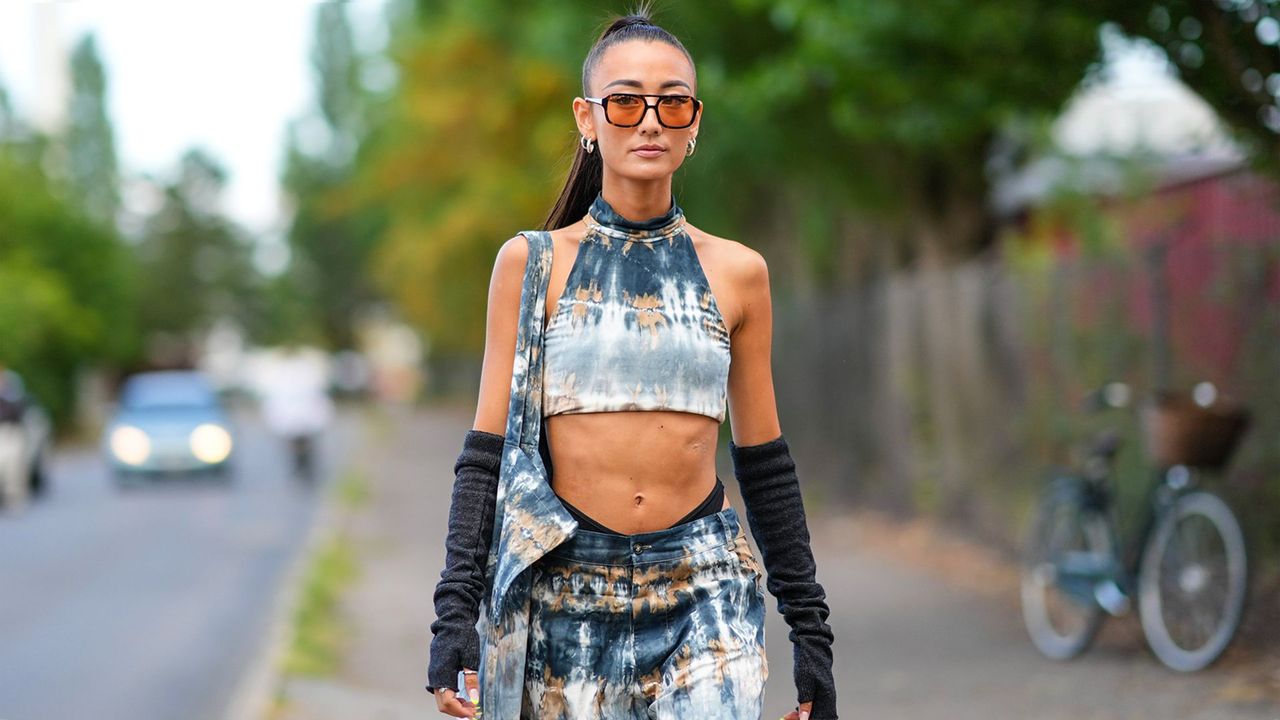
Customization is a cornerstone of eco-friendly, alternative fashion. It's about transforming thrift store finds or revamping clothes already in your wardrobe. This creative process can include:
Adding Patches: Patches are not just decorative elements; they tell a story, whether they're band logos, political statements, or artistic designs.
Embroidery: Hand-embroidered details can give a unique twist to any garment, infusing it with personality and flair.
Dyeing: Natural dyes offer a sustainable way to change the color palette of your clothes, giving them a new lease on life.
Each customized piece becomes a canvas, reflecting your personal journey and your commitment to sustainable fashion practices.
Handmade: Crafting from the Ground Up
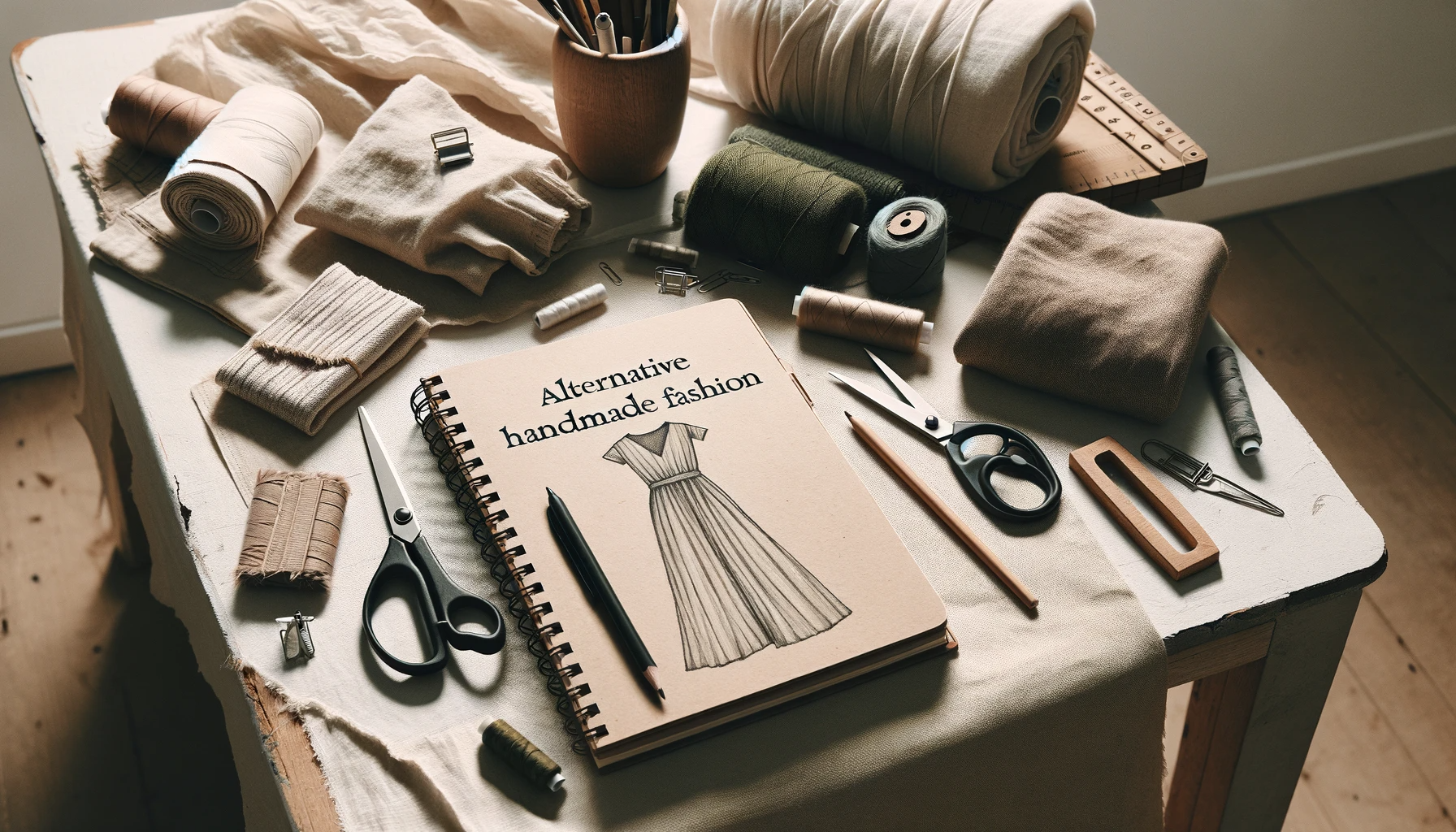
When it comes to handmade fashion, it's all about starting from scratch. This approach involves:
Selecting Eco-Friendly Materials: Choosing organic fabrics, recycled materials, or even unconventional items like repurposed plastics.
Designing and Crafting: From sketching designs to actually creating garments or accessories, this process is deeply personal and immensely rewarding.
Handmade fashion is not just about the final product; it's about the journey of creation. Each stitch, cut, and design choice is a step towards a more sustainable and personalized wardrobe.
Emma Johnson, a renowned DIY fashion blogger with a significant social media following, encapsulates this sentiment perfectly: “DIY fashion is not just a style choice, it's a statement about personal creativity and sustainability. It’s about taking charge of what you wear, how it’s made, and the impact it has on the environment.”
The DIY and Handmade movement within the alternative fashion scene is more than a trend – it's a growing culture that celebrates the uniqueness of individual style while being mindful of our planet. By embracing these practices, you're not just making a fashion statement; you're becoming part of a global movement towards a more sustainable and expressive world.
Organic Materials in Alternative Fashion
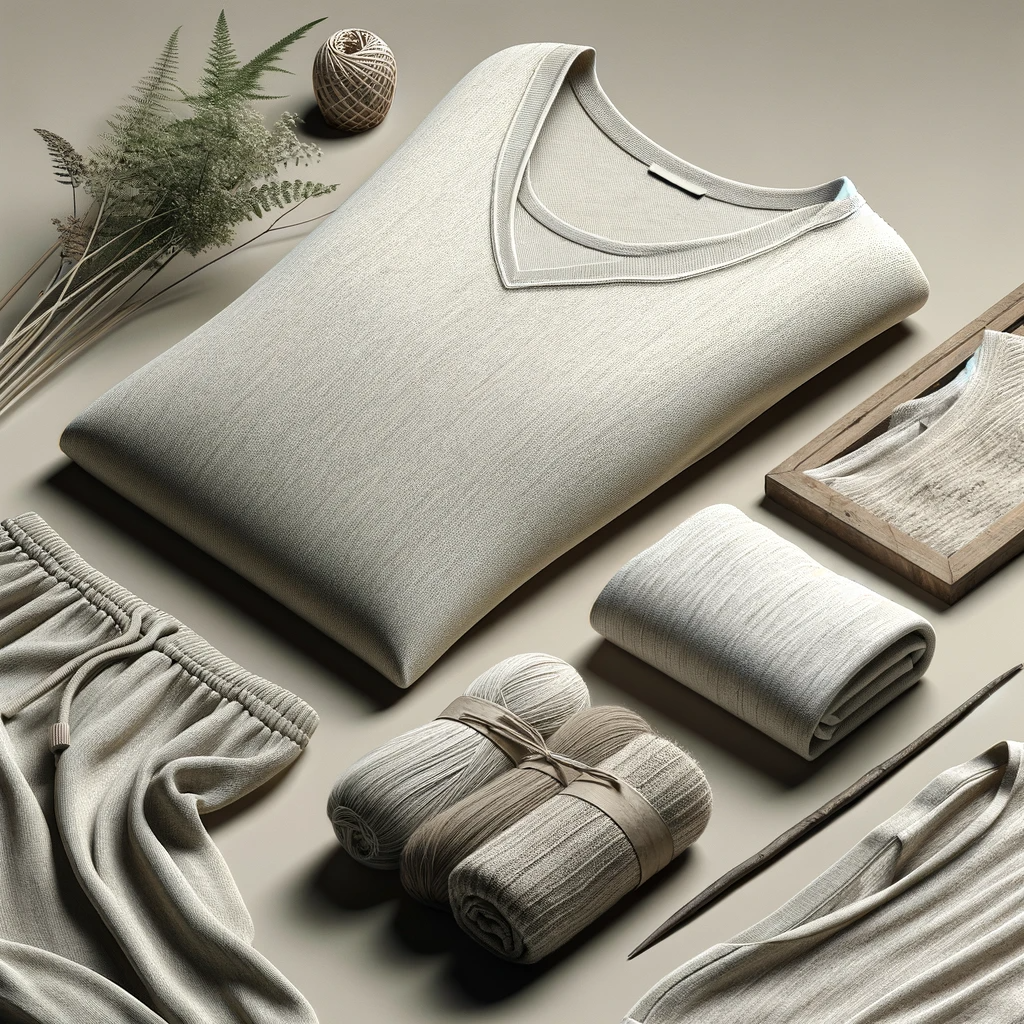
Embracing organic materials is a significant move towards eco-friendly fashion, blending environmental consciousness with alternative style. Organic cotton, hemp, and bamboo stand out for their eco-friendly cultivation, free from harmful pesticides and chemicals, benefiting both the environment and your skin.
Key Benefits of Organic Fabrics
Eco-Friendly: Cultivated in a way that reduces environmental impact, organic fabrics support a healthier planet.
Durability and Comfort: These materials not only last longer but also provide superior comfort, perfect for everyday alternative wear.
Skin-Friendly: Ideal for sensitive skin, organic fabrics offer a gentler alternative to conventional textiles.
Unique Aesthetics: Organic materials bring a distinctive, natural look to alternative fashion, enhancing its uniqueness.
Choosing the Right Textiles
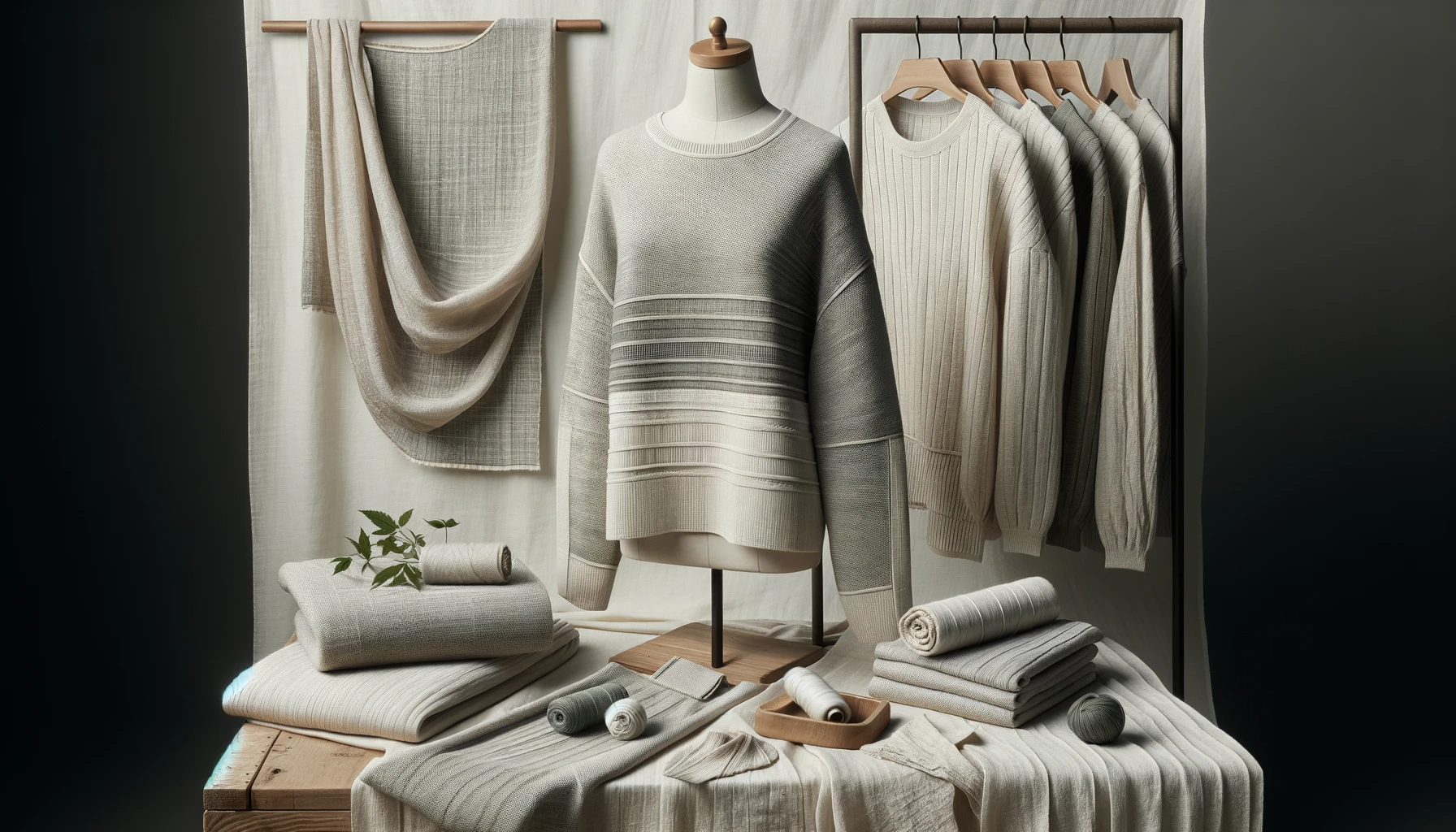
When selecting organic fabrics, prioritize certifications like the Global Organic Textile Standard (GOTS). This ensures that the textiles are genuinely organic, from harvesting to environmentally and socially responsible manufacturing.
The Allure of Organic Choices
Organic Cotton: Known for its softness and breathability, it's a staple for comfortable, everyday alternative fashion.
Hemp: Celebrated for its durability and minimal environmental footprint, hemp adds a robust yet comfortable element to your wardrobe.
Bamboo: Renowned for its softness and moisture-wicking properties, bamboo fabric offers luxury and practicality.
Incorporating organic materials into your alternative fashion choices is more than a style statement; it's a commitment to sustainability and ethical responsibility, all while maintaining your unique aesthetic.
Cruelty-Free and Vegan Options
Choosing cruelty-free and vegan options in your wardrobe goes beyond style; it's a commitment to ethical and sustainable fashion. This approach means avoiding products made from animal-derived materials or tested on animals, embracing compassion and environmental responsibility.
Embracing Alternative Materials
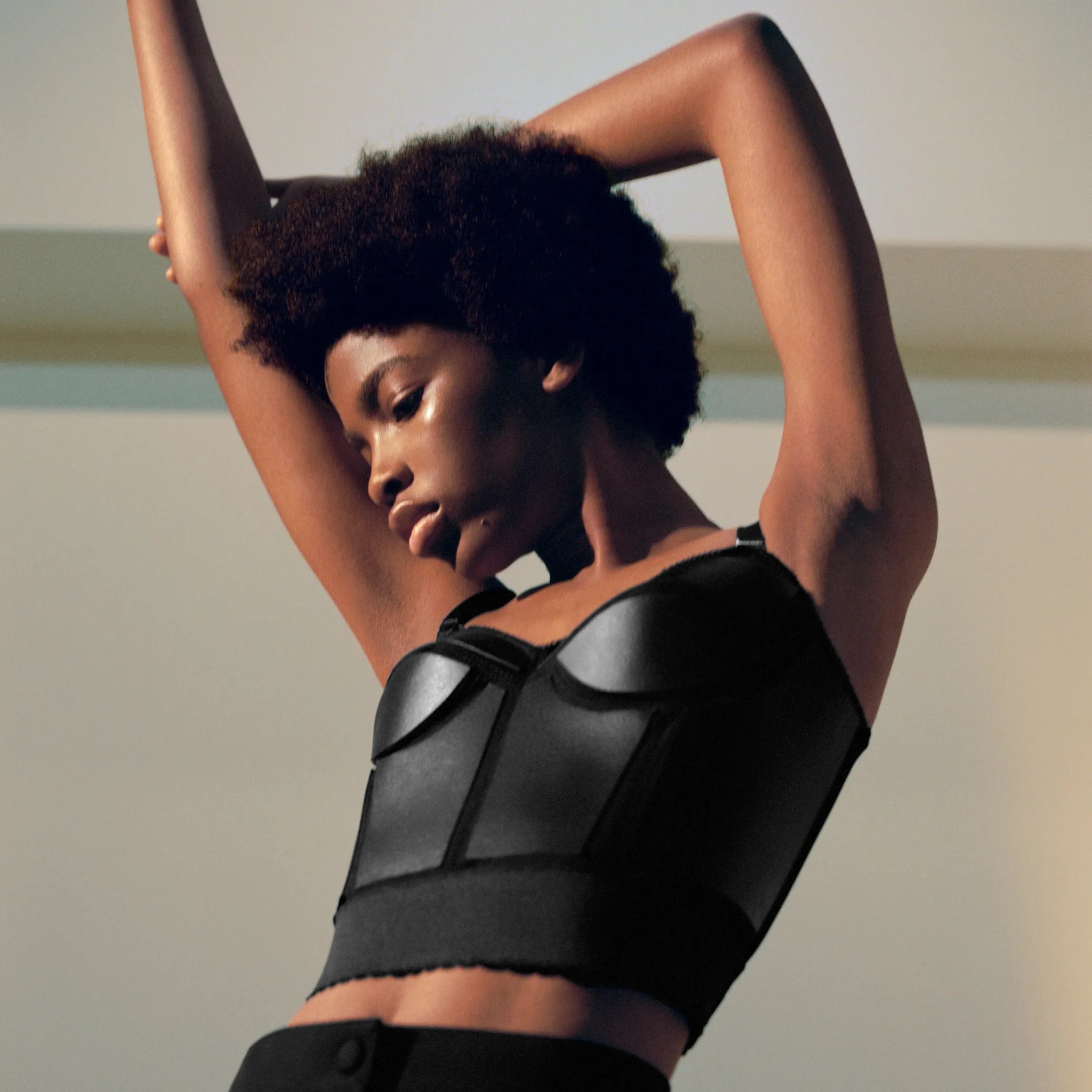
Key to cruelty-free fashion is the use of innovative, non-animal materials:
Mushroom Leather: A sustainable alternative to animal leather, crafted from mycelium.
Recycled Polyester: Turns plastic waste into fabric, offering a vegan and eco-friendly option.
Organic Plant-Based Fabrics: Materials like organic cotton and hemp avoid animal products and are environmentally friendly.
Supporting Ethical Brands
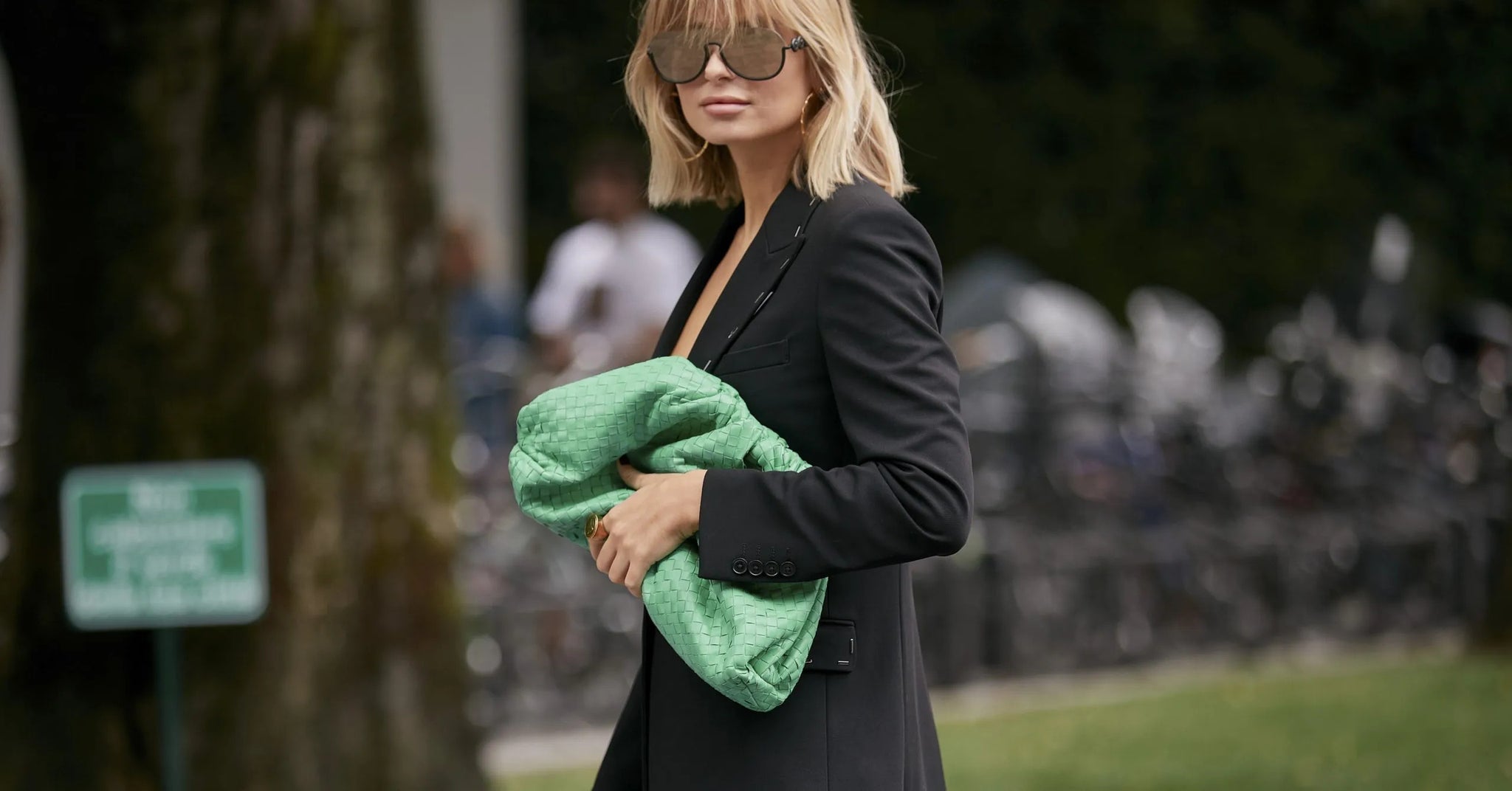
Choosing cruelty-free and vegan fashion also involves supporting brands committed to transparency and ethical practices:
Transparency and Certifications: Look for brands that are open about their production processes and have certifications like PETA-approved vegan.
Community Engagement: Support brands that advocate for environmental and animal welfare causes.
Conclusion
As we reach the end of our exploration into the fusion of eco-friendly fashion with alternative styles, it becomes clear that this is much more than a mere fashion trend. It's a vibrant, impactful movement towards a more responsible and conscious way of expressing ourselves through our clothing choices. By choosing to integrate upcycled, organic, and cruelty-free options into your wardrobe, you are not just following a trend; you are actively participating in a global effort to reduce the fashion industry's footprint on our planet.
Every garment made from sustainable materials, every piece of clothing upcycled with creativity, and every decision to choose cruelty-free products sends a powerful message. It says that fashion can be both expressive and responsible, stylish and sustainable. This blend of eco-friendly practices with your unique alternative style is not just about standing out in a crowd; it’s about standing up for what you believe in.
Remember, the journey towards a more sustainable fashion future is made up of many small steps. Each eco-friendly choice you make is like a seed planted for a greener, more ethical world. So, embrace this journey with enthusiasm and curiosity. Experiment with new eco-friendly materials, reimagine your style with upcycled pieces and let your wardrobe be a canvas for your values as much as your fashion sense.
And as you continue on this path, share your experiences and ideas. Your eco-friendly alternative style tips could inspire others and create a community of like-minded individuals passionate about sustainable fashion. Leave your thoughts in the comments, engage in discussions, and become part of a growing tendency towards a more sustainable and fashion-forward world.
Don't forget to follow or subscribe for more insights, tips, and discussions on sustainable and alternative fashion. Together, let's make a difference, one outfit at a time!
*Credit to Stella McCartney, Rit Dye, Craftsuprint for post featured image




